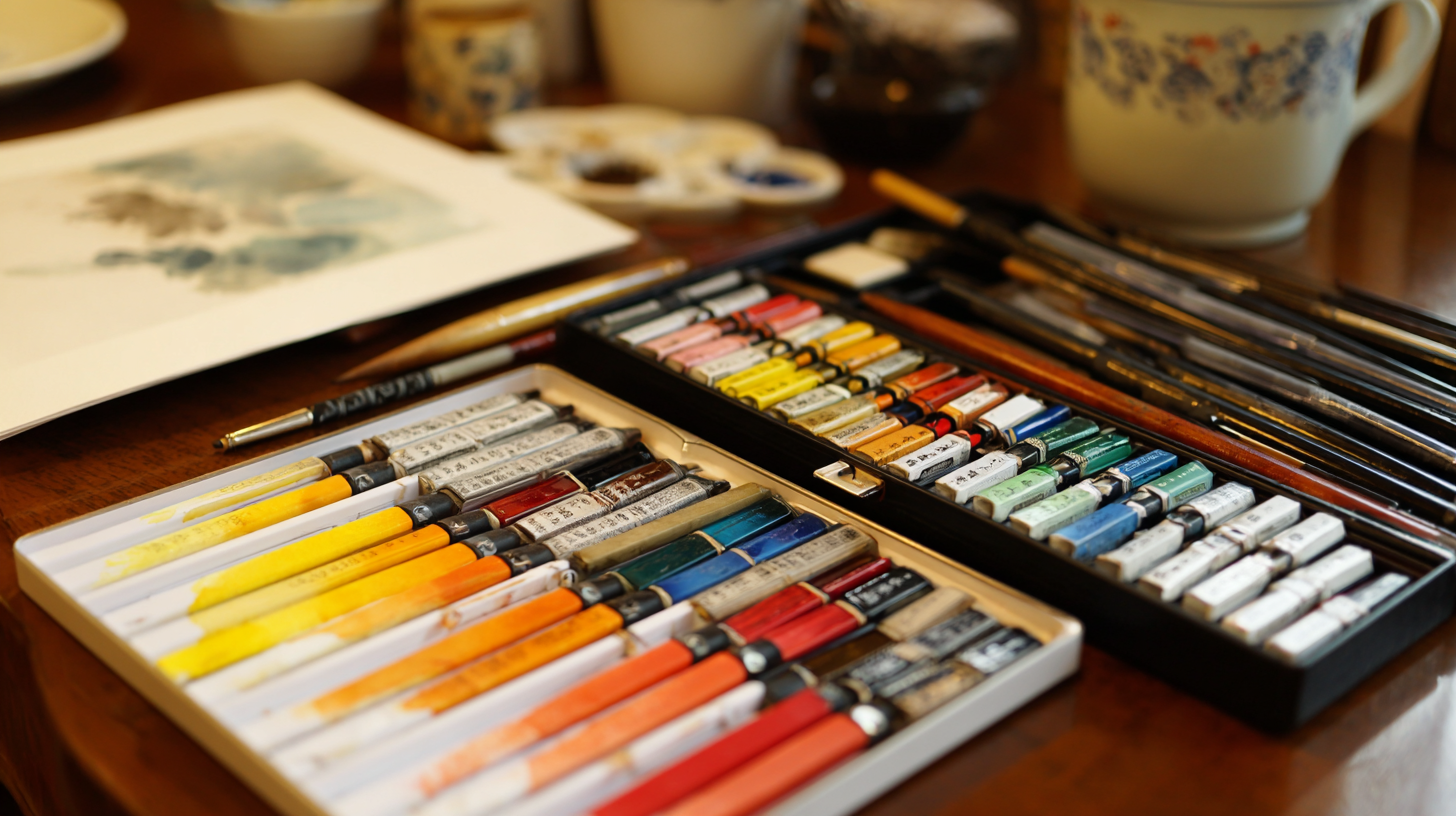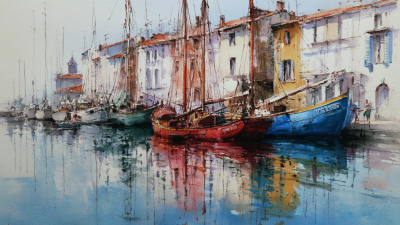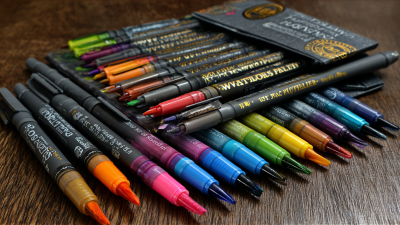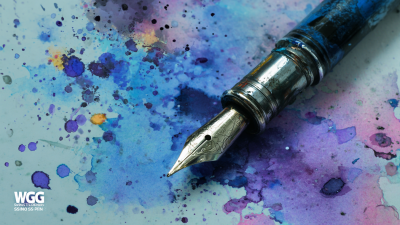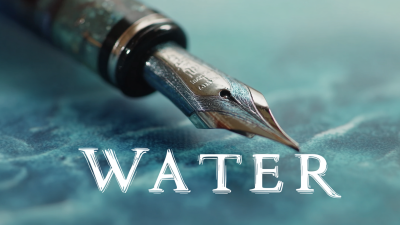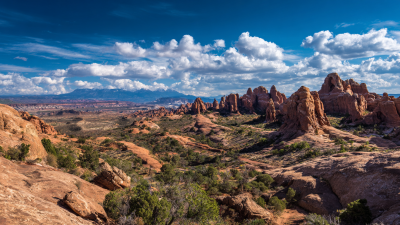The integration of Water Color And Pen techniques is emerging as a transformative approach in the realm of visual arts, appealing to both amateur and professional artists alike. Recent studies reveal that 63% of artists report enhanced creativity when utilizing mixed media, particularly those that blend dynamic mediums like watercolor and ink. This combination not only enriches the texture and depth of artistic creations but also allows for greater expression and versatility in style. Moreover, according to a report by the Art and Design Research Institute, artworks that employ mixed techniques have shown a 45% higher engagement rate in gallery settings, underscoring the value of innovation in artistic practices. As artists increasingly seek to elevate their work beyond traditional methods, understanding how Water Color And Pen can complement each other becomes crucial for standing out in a competitive art landscape.
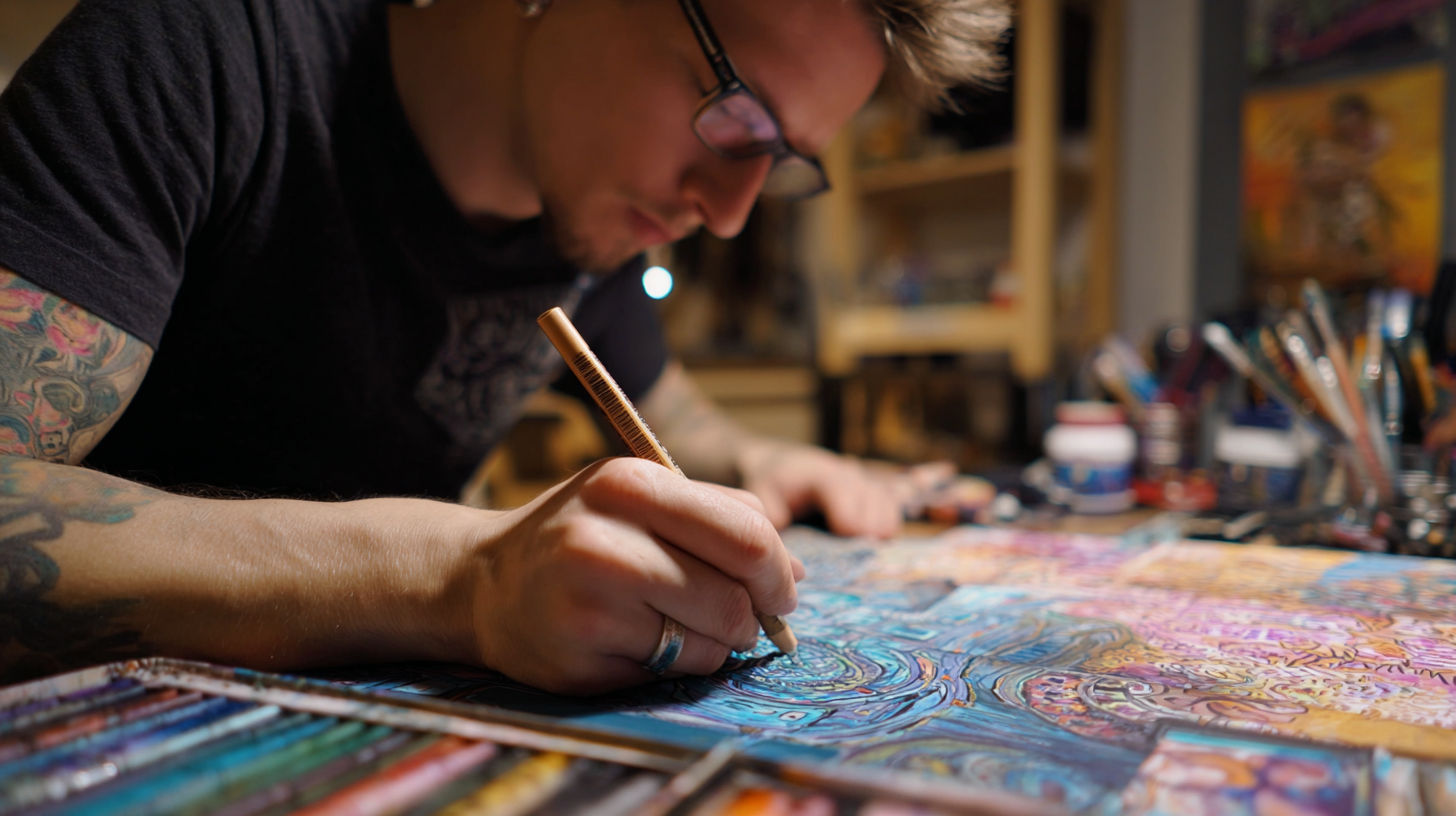
The synergy of watercolor and pen creates a dynamic harmony that enhances artistic expression. Watercolor's fluidity allows for vibrant washes and gentle gradients, while pen techniques add precision and intricacy. According to a report by the International Art Materials Association, nearly 60% of artists who blend different mediums, such as watercolor and ink, note a significant improvement in their overall artistic output. This combination not only accentuates details but also infuses layers of texture and depth, making artwork more engaging.
Tips for achieving the best results with this duo include starting with light watercolor washes before introducing pen work. This approach ensures that the ink adheres well and allows for adjustments in the painting without overshadowing the delicate tones of the watercolors. Furthermore, experimenting with different pens can yield various effects; for example, fine-liners can provide sharp details while brush pens can replicate the softness of watercolor strokes. Embrace the interplay of these mediums to discover new avenues for creative exploration, enhancing the visual narrative of your art.
| Technique | Description | Benefits | Popular Uses |
|---|---|---|---|
| Watercolor | A painting method where pigments are mixed with water. | Creates soft, translucent washes and blends easily. | Nature scenes, fluid abstract art. |
| Ink Pen | Using pens with ink to create fine lines and details. | Enhances detail, provides contrast and definition. | Illustrations, sketches, detailed designs. |
| Mixed Technique | Combining watercolor with ink pen for enhanced depth. | Combines the fluidity of watercolor with the precision of ink. | Character designs, artistic maps, vibrant landscapes. |
The combination of watercolor and pen techniques can lead to captivating artistic expressions, showcasing unique textures that traditional mediums alone cannot achieve. Watercolor provides a fluid, ethereal quality, allowing colors to blend seamlessly and create subtle gradients. When paired with ink, the crisp, defined lines contrast beautifully with the soft edges of the paint, enhancing depth and dimension in the artwork. This interplay invites viewers to explore the intricate relationship between the flowing washes of color and the sharp clarity of the pen marks.
Moreover, the textures created through this combination can evoke a multitude of emotions and sensations. The spontaneous drips and splashes of watercolor bring a sense of movement, while the precision of ink allows for detailed patterns and intricate designs. Artists can experiment with layering techniques, employing varying amounts of water to manipulate the intensity of the pigments, and then using pen to outline, accentuate, or add whimsical details, resulting in a dynamic visual narrative. By mastering the balance of these two mediums, artists can elevate their creations, inviting deeper engagement and interpretation from their audience.
This bar chart illustrates the texture rating of different artistic techniques. Combining watercolor with ink yields the highest texture rating, showcasing the dynamic effects achievable through this fusion. Artists can enhance their creations by utilizing both mediums to create unique visual experiences.
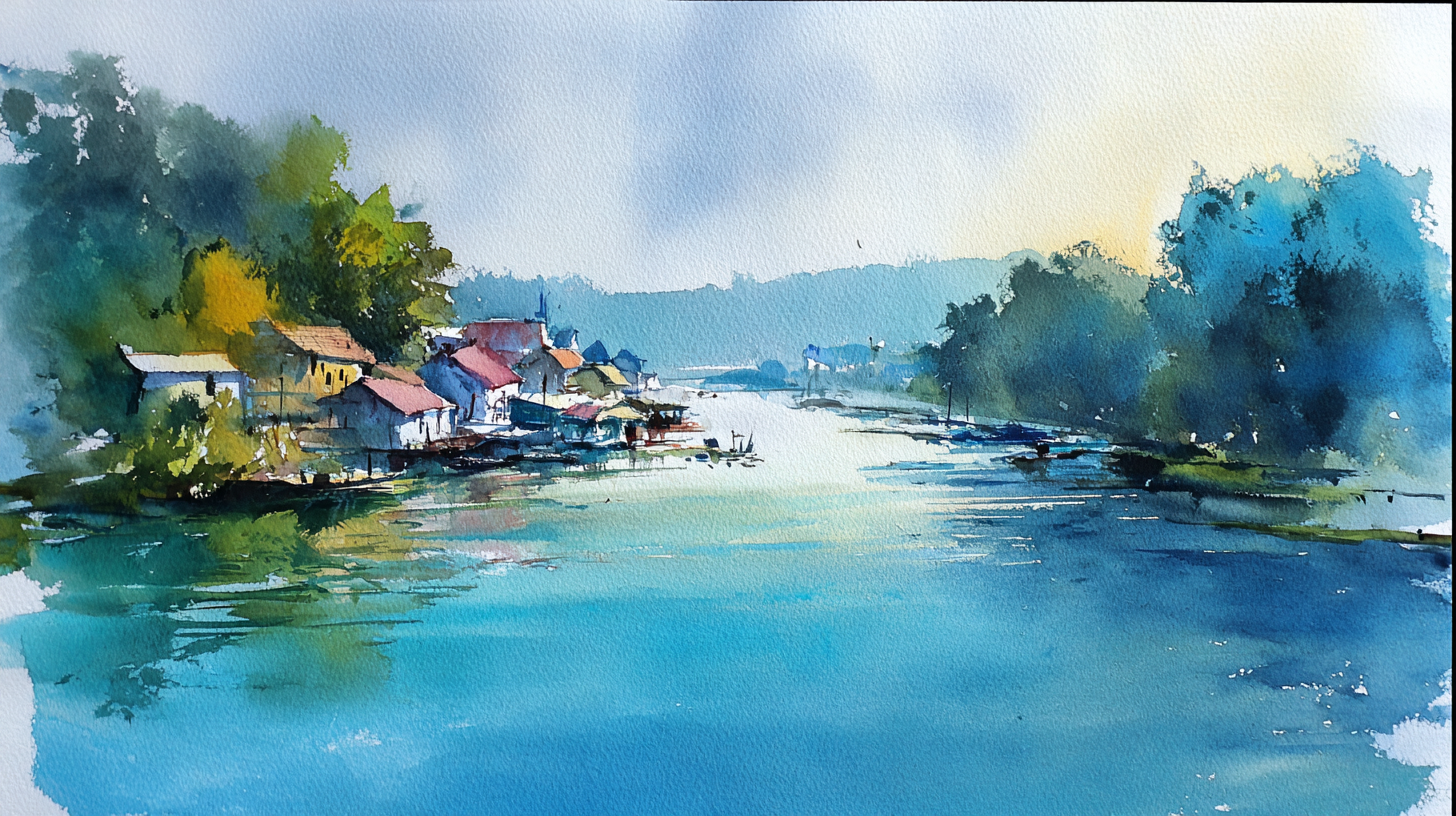 Combining watercolor and pen techniques can transform your artistic creations, allowing for a unique blend of fluidity and precision. To get started, begin by laying down a watercolor base. Use a wet-on-wet technique for softer edges or wet-on-dry for more defined lines. This initial layer sets the stage for your pen work and can add depth to your artwork.
Combining watercolor and pen techniques can transform your artistic creations, allowing for a unique blend of fluidity and precision. To get started, begin by laying down a watercolor base. Use a wet-on-wet technique for softer edges or wet-on-dry for more defined lines. This initial layer sets the stage for your pen work and can add depth to your artwork.
Tips: When painting, keep your strokes loose and spontaneous. Don't be afraid to experiment with different brush sizes to see how they interact with the ink later. Allow your watercolor to dry completely before using pen techniques to avoid smudging.
Once your watercolor is dry, it's time to add in the pen details. Use fine liners for intricate outlines or bold markers for striking contrasts. Consider varying line weights to create a sense of movement and guide the viewer's eye through your piece.
Tips: Practice different pen techniques, such as cross-hatching or stippling, to enhance texture. Also, choose waterproof ink to prevent any unwanted blending with your watercolor layer. With these techniques, you can achieve a harmonious balance between the fluid and the defined in your art.
Combining watercolor and pen techniques is a powerful way to enhance the depth and detail in your art. The fluidity of watercolors provides vibrant backgrounds and soft transitions, while ink pens introduce sharp details and clear outlines. This combination creates a dynamic contrast that draws the viewer's eye and adds interest to your compositions. By layering these two mediums, artists can achieve a three-dimensional effect, making their work more engaging and visually stunning.
Tips for creating effective mixed media artworks include starting with a light wash of watercolors to establish the mood and overall tone of your piece. Once the watercolor layer dries, use fine-liners or brush pens to add intricate details and outlines. This contrast not only enhances the depth of your artwork but also allows you to guide the viewer’s attention to focal areas. Additionally, consider experimenting with different pen types, like gel pens or markers, for varying textures and finishes that can further enrich your piece.
Experimentation is key when working with mixed media. Don't hesitate to try layering various techniques and colors to see how they interact with one another. Keep in mind the balance between the soft edges of watercolor and the crisp lines of ink, as this interplay can dramatically elevate your artistic creations. Embrace the accidental discoveries that may arise during the process, as they often lead to unique and beautiful results.
Merging watercolor with pen techniques can yield stunning results, but several common mistakes can detract from your artistic vision. One frequent error is applying ink over wet watercolor. This can lead to unintended smudging and blurring, which can compromise the clarity of your linework. Instead, allow your watercolor to dry completely before adding pen details, ensuring that your lines remain crisp and precise.
Another mistake artists often make is neglecting the quality of their materials. Using low-quality paper can cause warping or bleeding, disrupting the integration of both mediums. It’s essential to choose paper that can handle water application while still being compatible with ink. Additionally, some artists overlook the importance of practicing layering techniques. Skipping this step may result in an uneven blend of colors and lines, diminishing the overall impact of the artwork. By being mindful of these pitfalls, you can enhance the synergy between watercolor and pen, taking your creations to new artistic heights.
